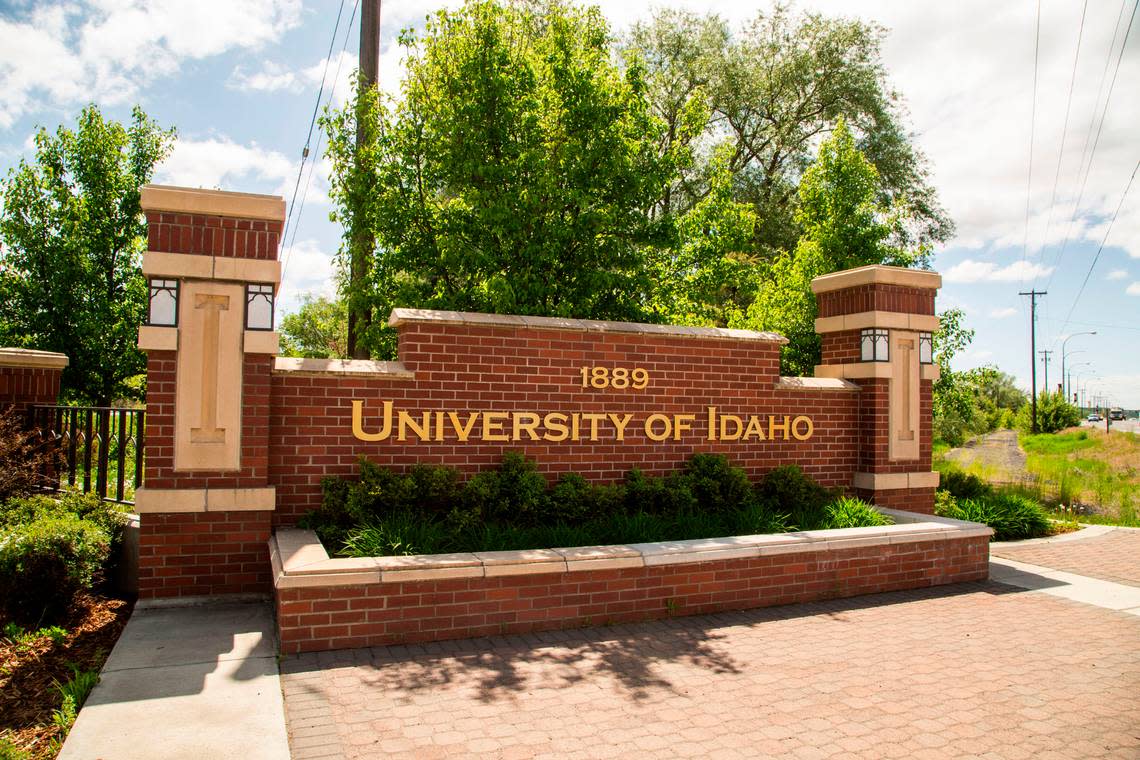Supreme Court strikes down race-based college admissions. Is there an effect in Idaho?

The U.S. Supreme Court ruled Thursday that affirmative action programs at colleges and universities across the United States are unconstitutional, striking them down in a controversial decision that upended four decades of precedent.
Idaho’s higher education institutions, however, skirted being affected by the ruling. No public colleges in Idaho consider race in enrollment decisions, said Mike Keckler, chief communications officer for the State Board of Education.
The two affirmative action cases considered in the decision were brought by the nonprofit Students for Fair Admissions, which alleged that race-conscious programs at the University of North Carolina and Harvard University created illegal bias in admissions against Asian American and white students, according to The Washington Post.
Both schools defended their programs and denied that unlawful discrimination was occurring, and the affirmative action initiatives were upheld in other courts before being struck down by the high court’s six conservative justices.
In separate emails to the Idaho Statesman on Thursday, Jodi Walker, director of communications for the University of Idaho, and Mike Sharp, Boise State’s director of media relations, wrote that admission at the schools is based on academic and other achievements, not race.
“We have and will continue to care for all members of our Bronco community,” Sharp said.
Ashley Smith, government and community relations director at the College of Western Idaho in Nampa, said in an interview that enrollment at the community college is open access. “We accept everyone,” he said.
The College of Idaho, a private school in Caldwell, also doesn’t consider race as a factor in admissions, said Brian Bava, the school’s vice president of enrollment management, in an interview with the Statesman.
It first considers what courses applicants took in high school and their academic performance, before examining what advantages they would bring to the C of I community, such as athletics or performing arts.
“Our priority across the board is academic preparedness,” Bava said.
He said C of I supports diversity through scholarship programs for underrepresented students that have existed for decades, while making sure students meet the threshold of academic preparedness. The Baylor Opportunity Fund, for example, has raised at least $1 million to provide under-resourced students from Idaho full-tuition scholarships.
Walker said there’s a variety of programs and offices at U of I in Moscow that support every population of students, and U of I, Boise State and Idaho State University in Pocatello all have diversity and inclusion programs for students once they are on campus.
The Supreme Court rulings, which were 6-3 in the case against North Carolina and 6-2 in the case against Harvard, cited the equal protection clause of the 14th Amendment as being violated. The court’s decision has impact only on admissions, not other programs and not employment at colleges and universities.
Chief Justice John Roberts wrote in the majority opinion that the programs “lack sufficiently focused and measurable objectives warranting the use of race, unavoidably employ race in a negative manner, involve racial stereotyping, and lack meaningful end points.”
Roberts also noted that rules prohibiting schools from taking race into account are already the norm in many places, as is the case in Idaho.
“Three out of every five American universities do not consider race in their admissions decisions,” he wrote. “And several States — including some of the most populous (California, Florida, and Michigan) — have prohibited race-based admissions outright.”
In a dissenting opinion on the ruling, Justice Kentanji Brown-Jackson wrote that “the race-blind admissions stance the court mandates from this day forward is unmoored from critical real-life circumstances.”
In a rare move, Justice Sonia Sotomayor read some of her dissent from the bench.
“The devastating impact of this decision cannot be overstated,” she wrote. “The majority’s vision of race neutrality will entrench racial segregation in higher education because racial inequality will persist so long as it is ignored.”

